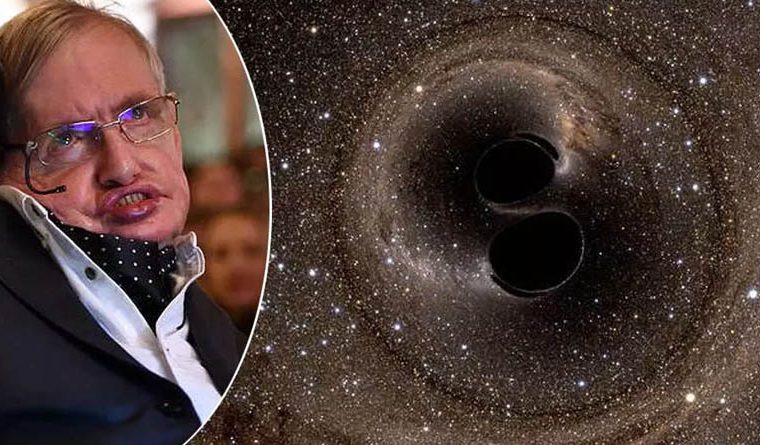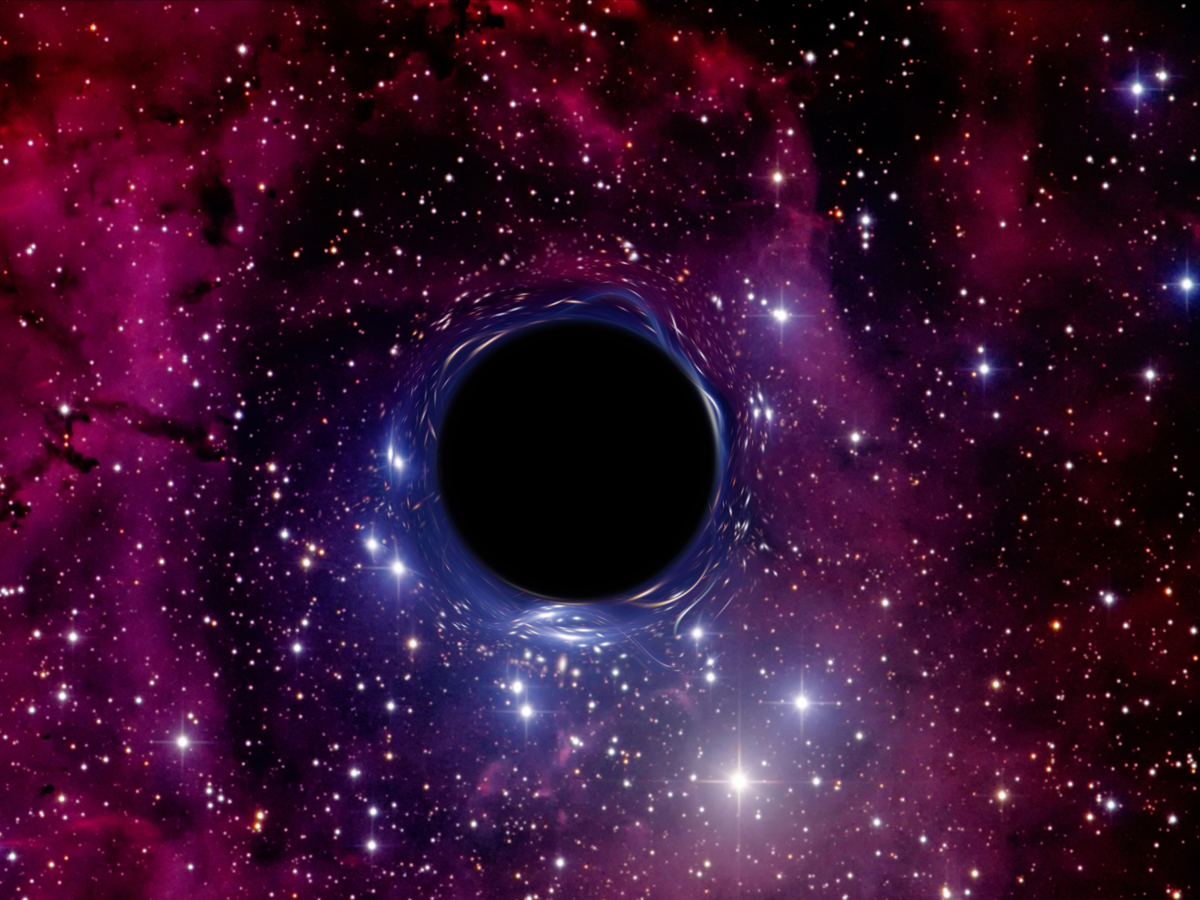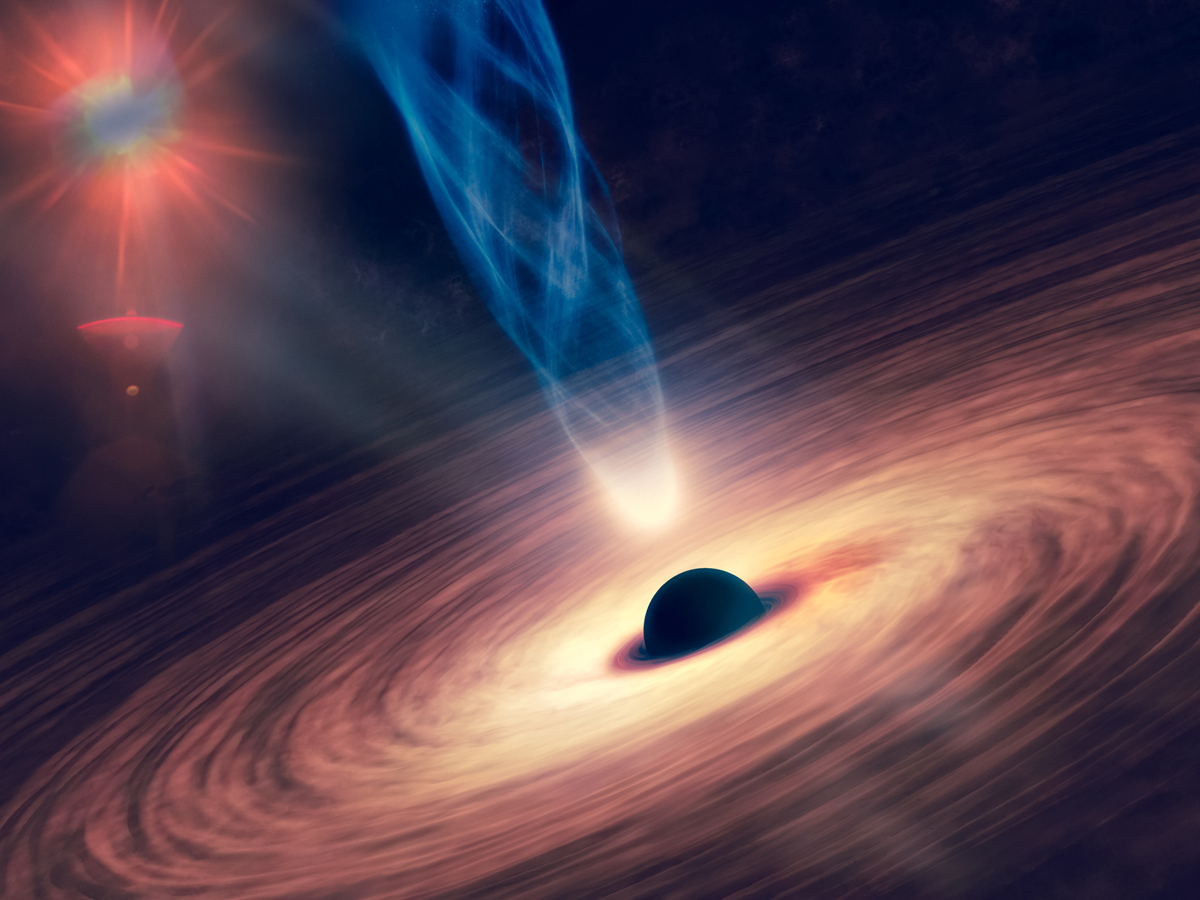
It is inspiring not just because of the incredible feat he accomplished while suffering from a neurological condition, but also because he simplified complicated concepts of quantum physics such as black holes, Hawking radiation, and singularity for the average person to comprehend.
It is said that “not even light can escape a black hole.” However, Stephen Hawking’s light of knowledge will continue to illuminate not only these vast voids but also every dark and undiscovered corner of the cosmos that is now unknown to mankind.
Perhaps one of Stephen Hawking’s most significant contributions to physics was providing mathematical support for the existence of black holes, which had been predicted by Einstein’s Theory of Relativity back in 1915 but had never been confirmed until now.
Prior to Hawking’s mathematical demonstration, black holes were merely a theoretical concept. Tom Banks, a professor of physics and astronomy at Rutgers University-New Brunswick, was quoted in a 2018 article on the website space.com as saying, “Einstein’s equations for gravity were the subject of some rigorous mathematical theorems that Hawking proved. These theorems demonstrated that, under certain conditions, there were places where the equations failed — what are known as singularities. Such a singularity can be found in many places, but none more so than the region inside a black hole.”
Are you curious about the term “singularity”? Singularity can be defined as a divide by zero error, which is a straightforward definition. It is, in essence, an imagined spot in space and time where all of the laws of physics are broken and no longer make any logical sense whatsoever.
That it is possible for a singularity to exist in a black hole, a point of infinite density in a black hole was proven by Stephen Hawking, a truly astounding achievement that legitimized Einstein’s Theory of Relativity.
Related: Was there Life on Moon?
Hawking Radiation is a type of radiation.

Hawking hypothesized that this radiation is caused by “virtual particles,” which are continually popping into and out of existence in the weird quantum realm, according to his theory.
Hawking hypothesized that this radiation is caused by “virtual particles,” which are continually popping into and out of existence in the weird quantum realm, according to his theory.
When Hawking first proposed his theory, he believed that the size of a black hole was constant and would never vary. The physicist, on the other hand, soon found something called ‘Hawking Radiation.’ He demonstrated that black holes can shrink as a result of the energy they emit (Hawking Radiation), which lessens the mass of the black hole.
Thus, black holes have the tendency to evaporate or boil away, releasing a “brilliant explosion of energy comparable to a million one-megaton hydrogen bombs” in the process.
Hawking hypothesized that this radiation is caused by “virtual particles,” which are continually popping into and out of existence in the weird quantum realm, according to his theory. They do so as pairs of matter-antimatter particles, with one particle-containing positive energy and the other containing negative energy.
The information paradox has been disproved

Following the death of a star, all of its mass collapses into a single point of infinite density (the singularity), which results in the development of a black hole, according to Stephen Hawking.
Following the death of a star, all of its mass collapses into a single point of infinite density (the singularity), which results in the development of a black hole, according to Stephen Hawking. The validity of Stephen Hawking’s theories has been called into question on numerous occasions. An example of an anomaly that couldn’t be addressed by Hawking’s theories was the so-called “Information paradox.”
Following the death of a star, all of its mass collapses into a single point of infinite density (the singularity), which results in the development of a black hole, according to Stephen Hawking. A star has information about itself, such as the speed at which it spins, the density of its material, and the size of its structure.
All of this knowledge, however, appears to be lost when a black hole collapses. This is in violation of the fundamental principle of quantum physics, which states that information cannot be destroyed and must remain constant. Stephen Hawking disproved the paradox by claiming that the information isn’t actually lost, but rather is encoded in the particles that are emitted as a result of radiation. It goes without saying that Hawking was a force to be reckoned with in the world of physics, and it goes without saying that his contributions to the area of physics are unrivaled and unmatched.



